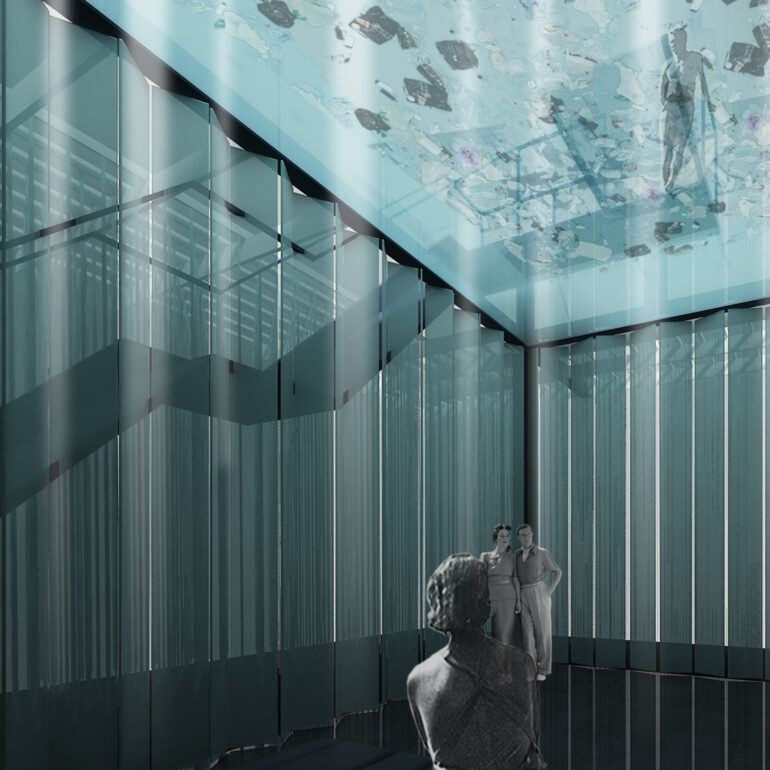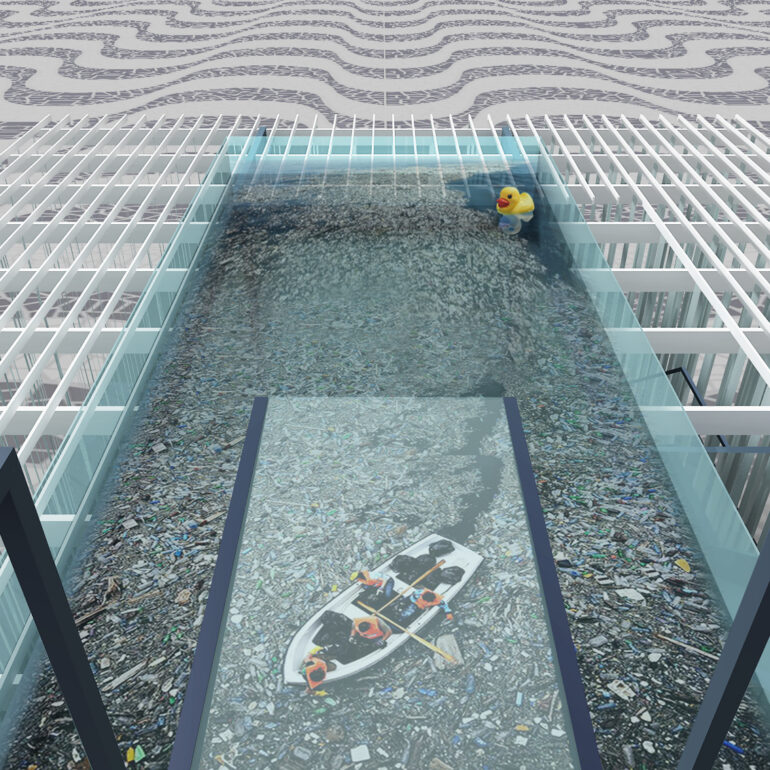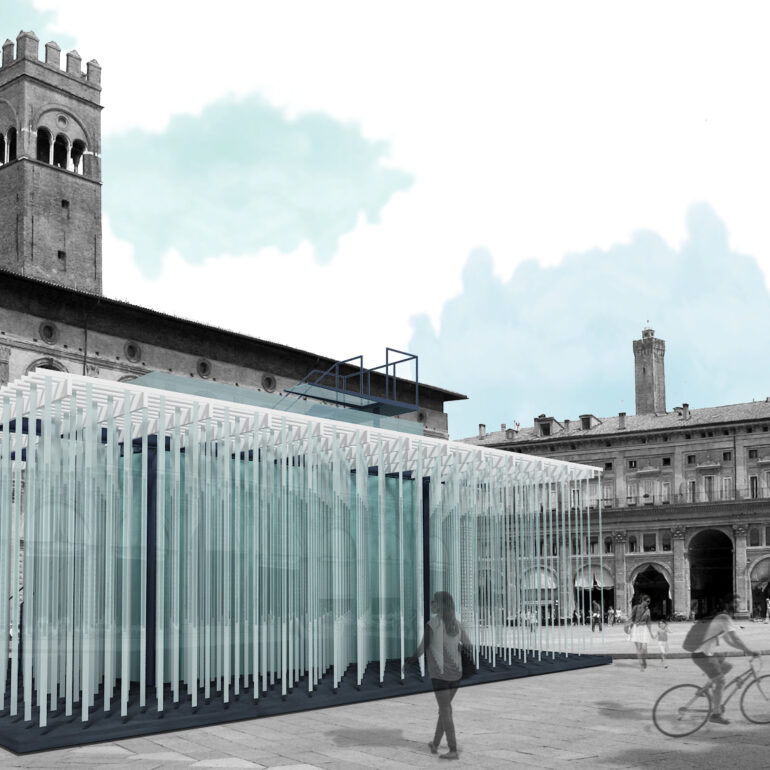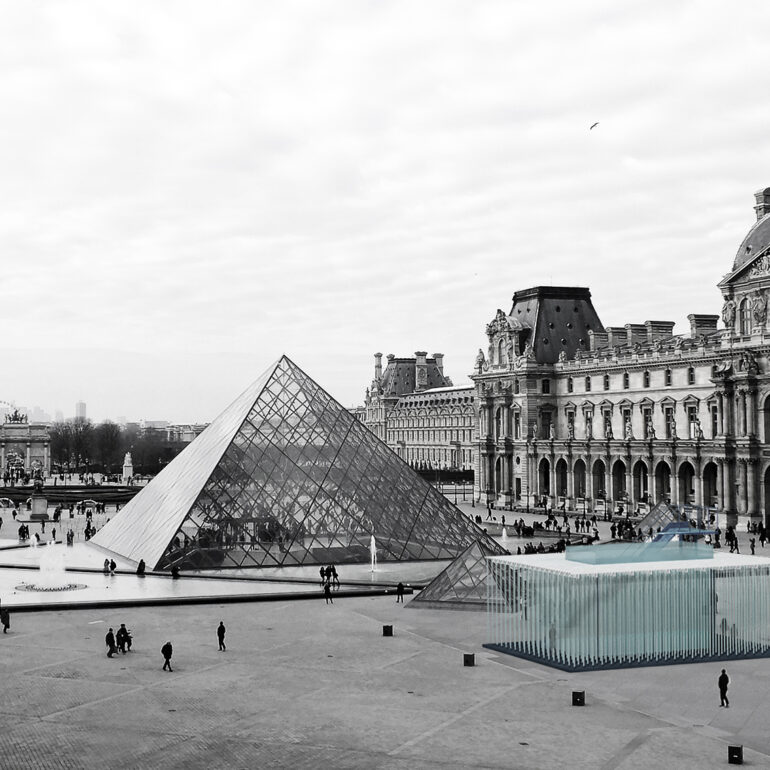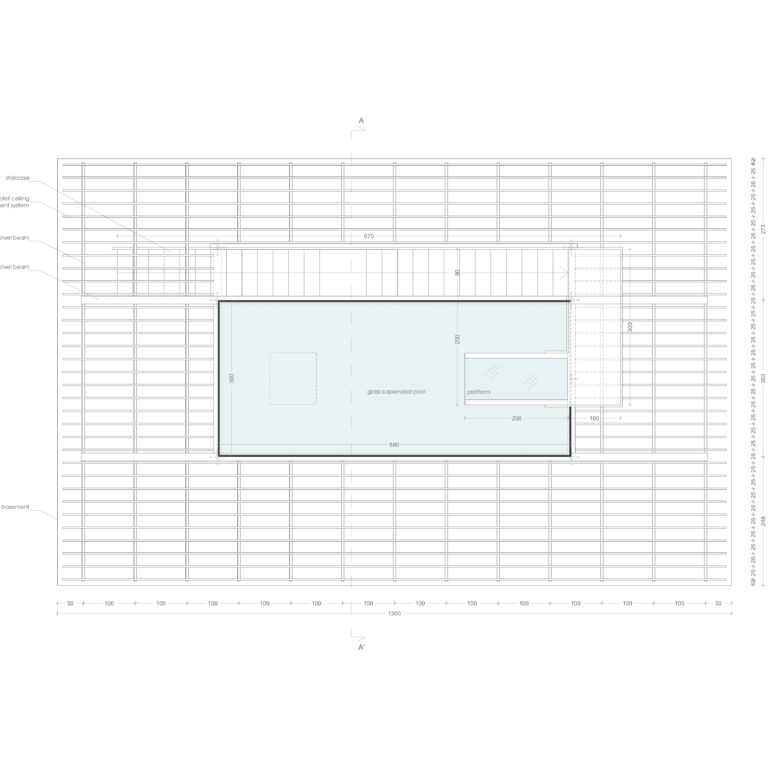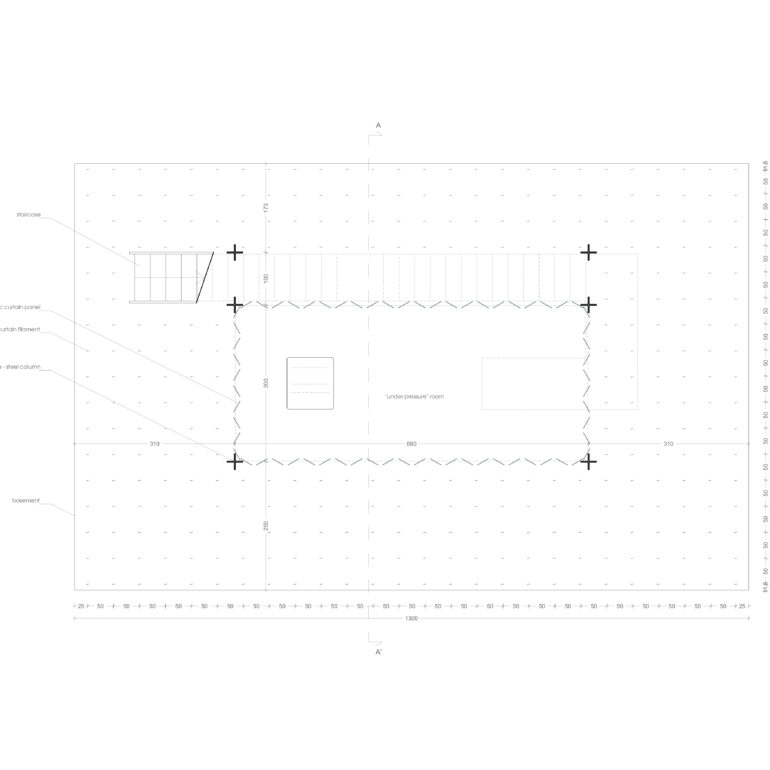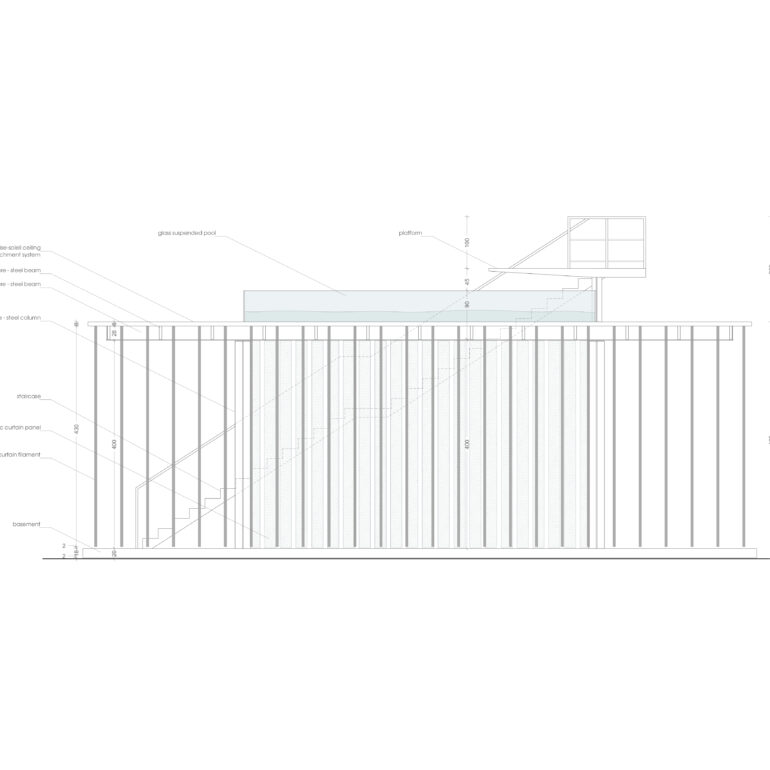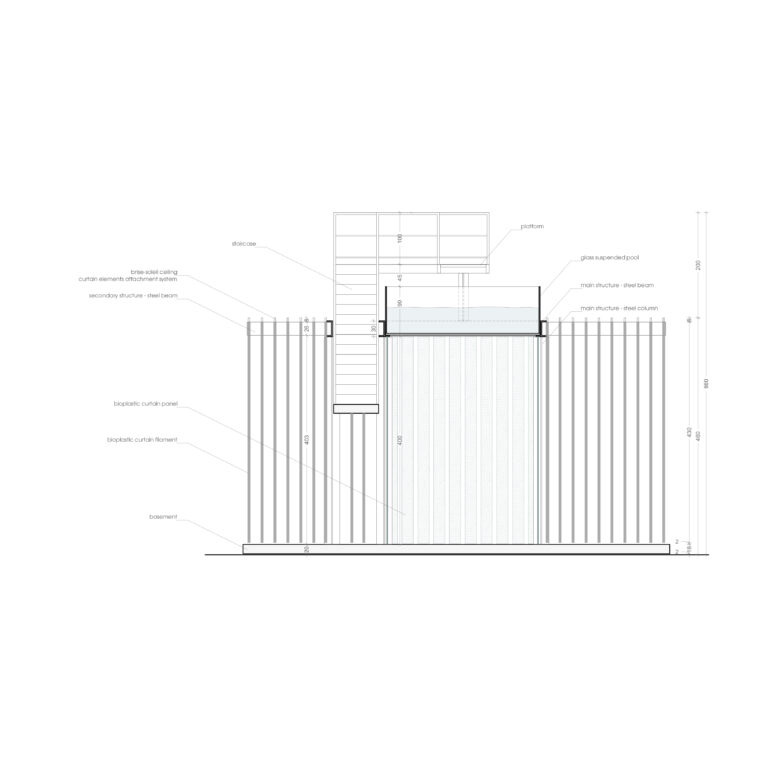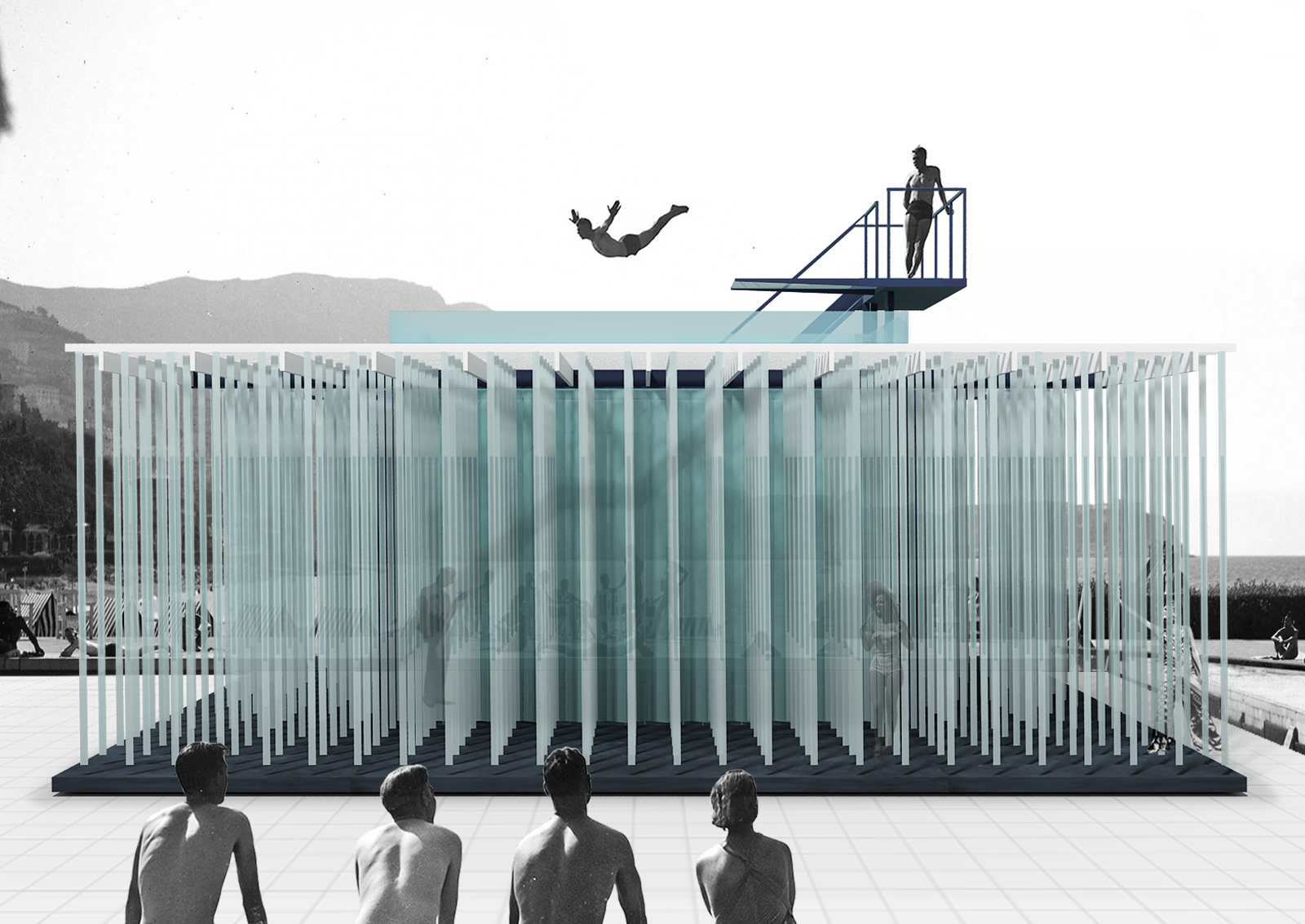
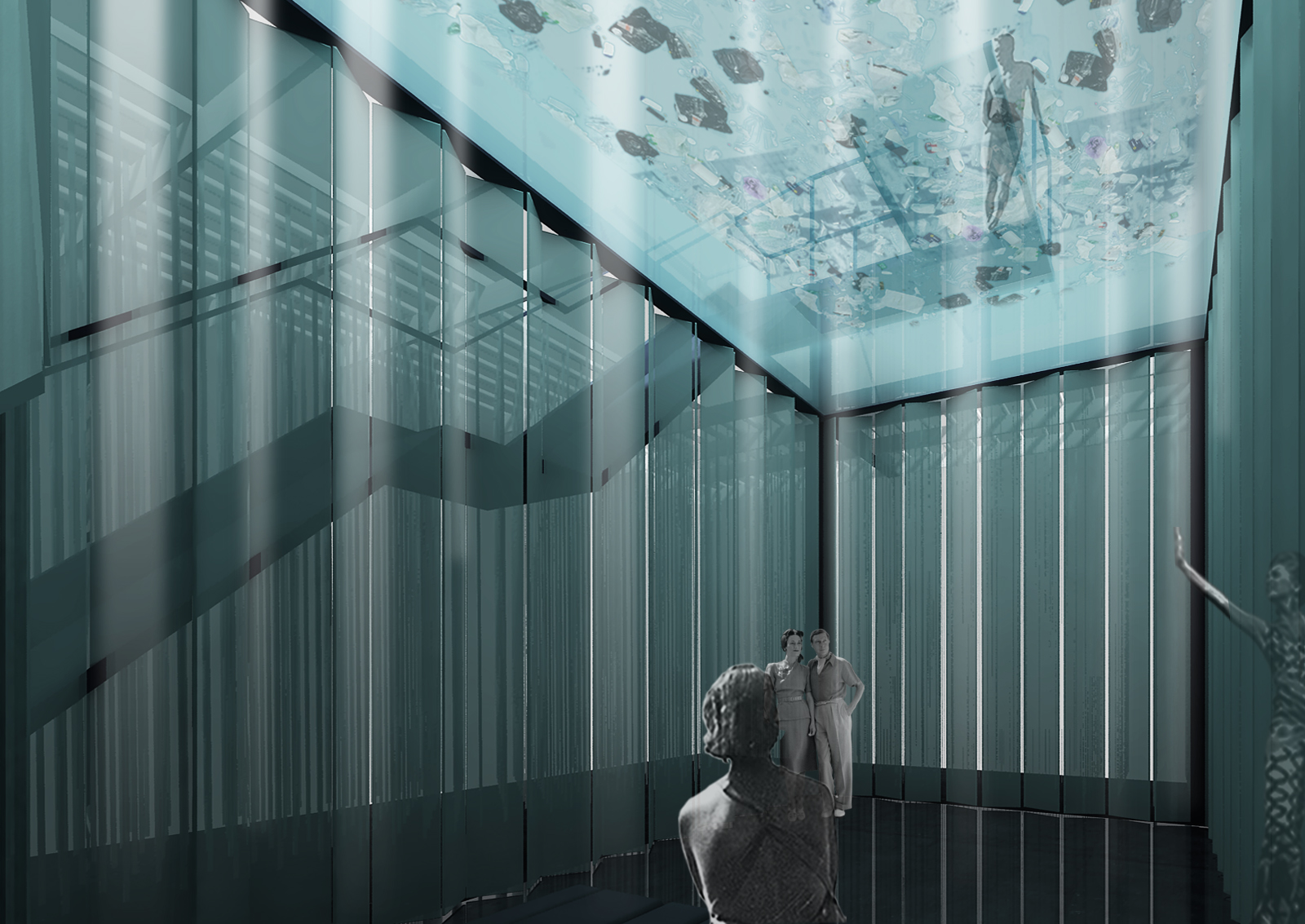
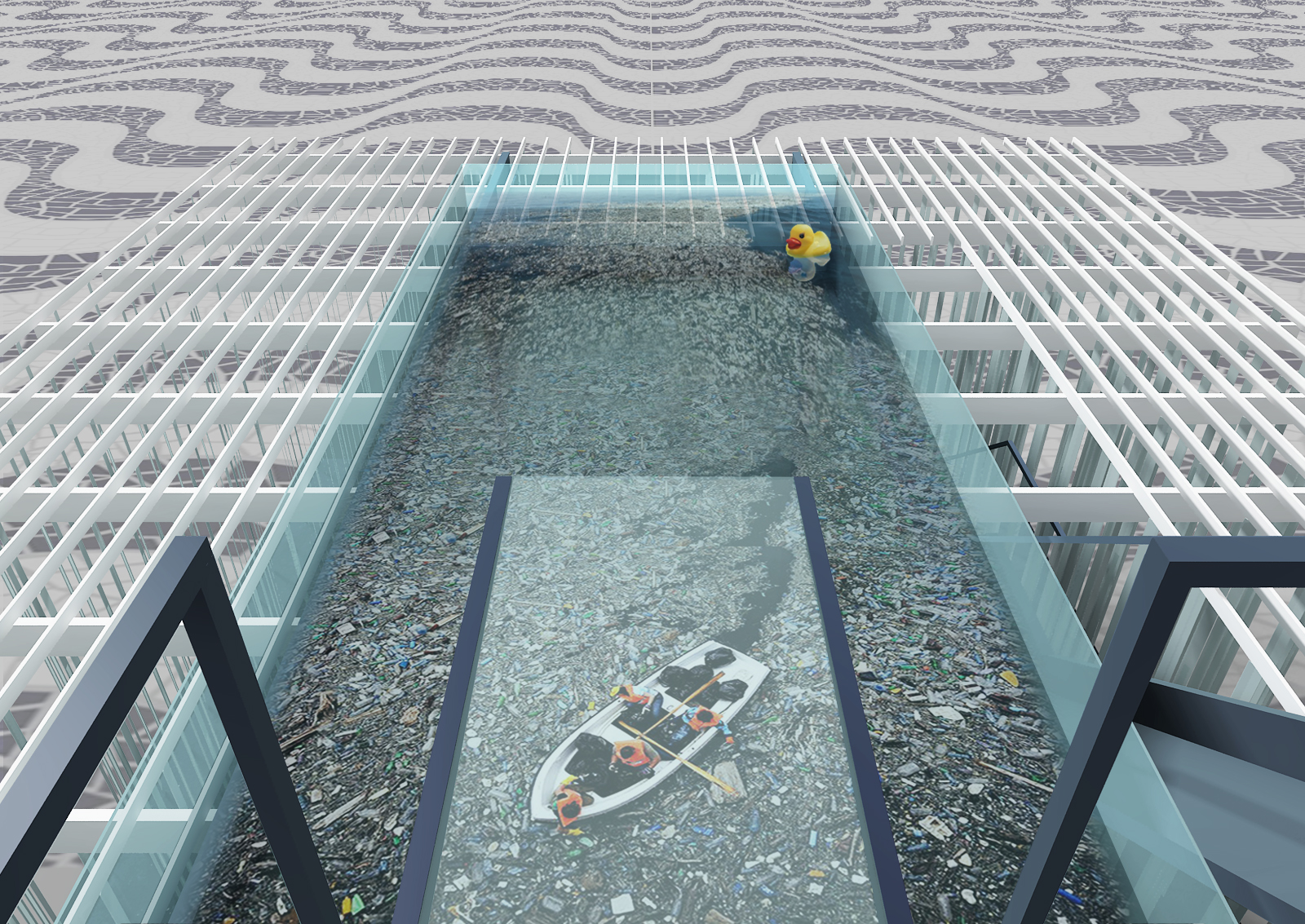

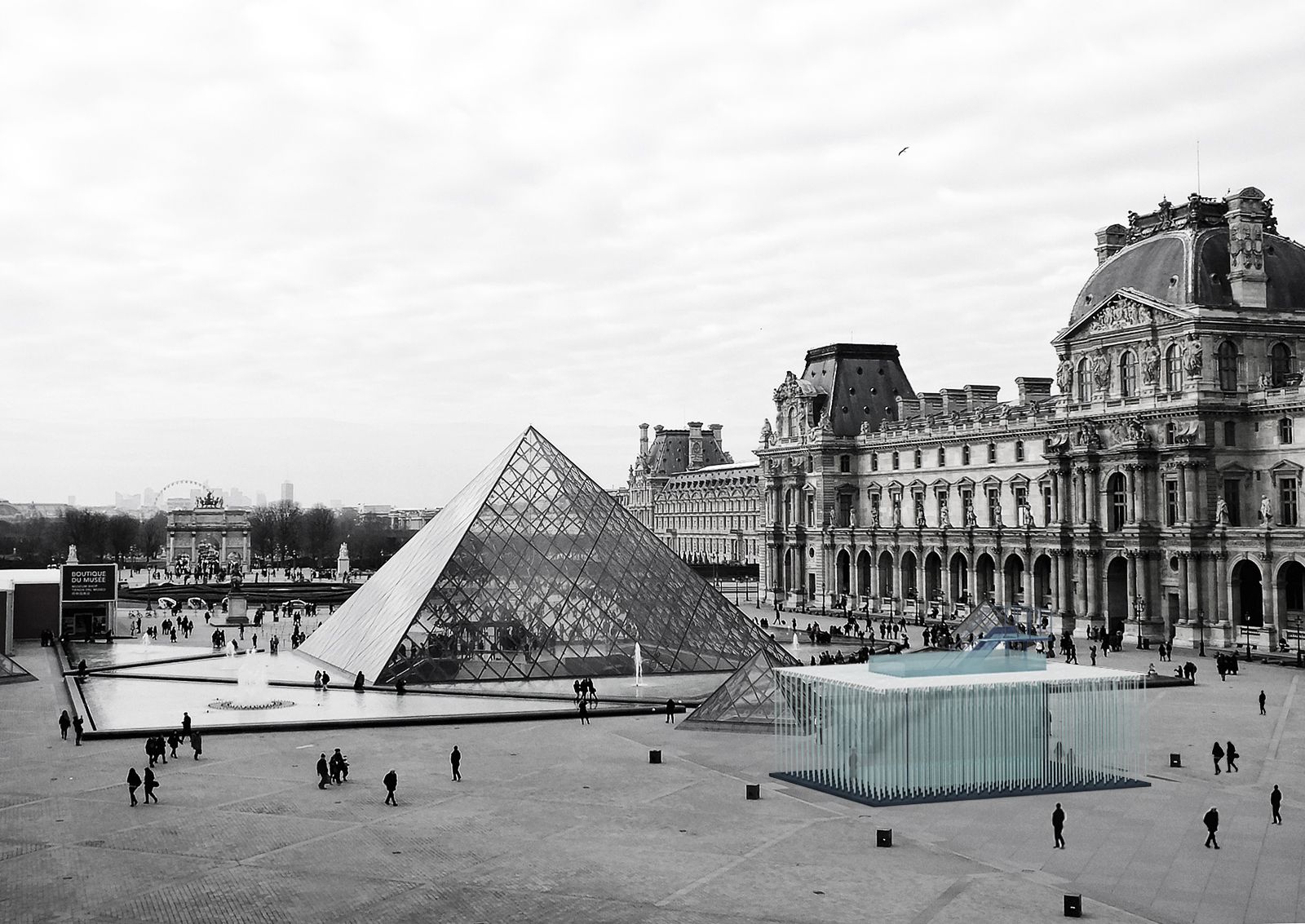
UNDER PRESSURE
Plastic monument YAC competition, 2019
Chronicle of a death foretold
Plastic pollution on our planet is a huge and constantly increasing problem leading us to a disaster foretold. Plastic production, use and waste is a pervading phenomenon which involves transversally all people, all nations, all cultures, all scenarios of our planet. One of the most astonishing aspects of this pervading phenomenon is the spontaneous collection of plastic waste in giant clusters, which well warn us about the urgency of this upcoming disaster and the impossibility of continuing to ignore it.
Plastic waste in the ocean is one of the above scenarios. If current trends continue, our oceans could contain more plastic than fish by 2050. It is difficult to make people aware of a problem whose effects will occur in decades; but plastic in the sea has direct effect on the marine life that we can point out here and now. Single-use plastic objects that we can find in the sea can trap, poison, kill many marine species immediately: that’s why some them like turtles, whales or seals have become the symbols of the fight against plastic pollution on our planet.
Under pressure
How much is it scaring watching pictures of those enormous floating plastic islands?
Quite scaring. But, apparently, not enough.
What if we change perspective? Imagine being a sea creature, moving underwater, being trapped by plastic waste, looking at the surface from below and figuring out you can’t even see the sun light…
Can you feel the pressure?
Our proposal for an itinerant architectural installation aims to make all visitors feel under pressure, literally.
Concept
“Under pressure” is an itinerant plastic temple showing and making us feel the effects of plastic pollution in the ocean. A peristyle of thin filaments, like plastic traps floating in the ocean, surrounds a central room. These filaments are made of bioplastic, a completely-biodegradable biopolymers-based material to show a possible alternative to the traditional plastic which persists over centuries. Like a wire curtain suspended from a brise-soleil ceiling, the filaments give people the tactile feeling of being trapped by plastic waste underwater.
The naos of the temple is an empty room enclosed by bioplastic thick panels that add isolation and underwater atmosphere to this space. Upon, the covering of the room is a suspended glass-bottomed pool filled with water and plastic garbage; what we can see looking upwards is a small-scale reproduction of a plastic garbage island in the ocean, a metaphor of the urgency, of the restless pressure that this matter causes to the marine life.
The usual perspective is upside-down; we look at the problem from inside the water, no more from the outside, like we plunged into the polluted sea.
One more gesture get us more involved and aware: we ourselves can climb the stairs to the upper deck of the pool and we can throw our plastic waste from the platform into the pool. A performance that increases awareness and allows to collect the plastic waste throughout the exhibition’s duration on site, finalized to its correct disposal.
Construction
The installation has a self-supporting steel structure based on a platform, so that the whole building is independent from the ground. Elements (columns, main beams, secondary beams, brise-soleil ceiling) are assemblable and transportable to be used many times in various locations. The pool is a preassembled glass structure which is installed and filled with water; its dimensions, 3,00×6,80m, fits the requirement of transportability. All the enclosures are made of bioplastic filaments and panels.


